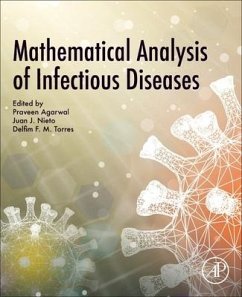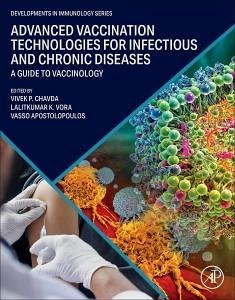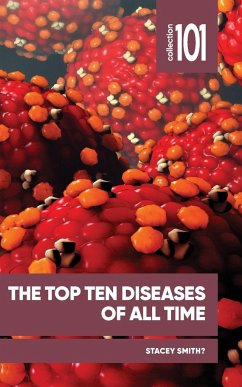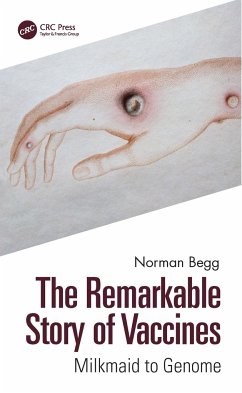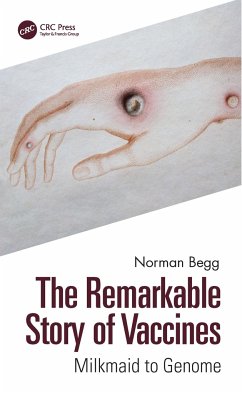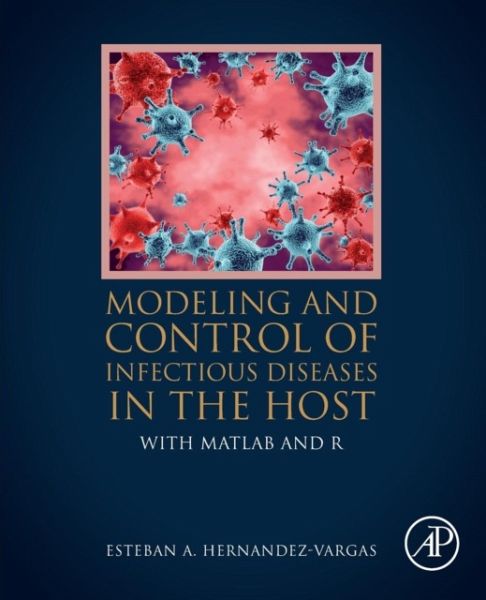
Modeling and Control of Infectious Diseases in the Host
With MATLAB and R

PAYBACK Punkte
36 °P sammeln!
Modeling and Control of Infectious Diseases in the Host: With MATLAB and R provides a holistic understanding of health and disease by presenting topics on quantitative decision-making that influence the development of drugs. The book presents modeling advances in different viral infections, dissecting detailed contributions of key players, along with their respective interactions. By combining tailored in vivo experiments and mathematical modeling approaches, the book clarifies the relative contributions of different underlying mechanisms within hosts of the most lethal viral infections, inclu...
Modeling and Control of Infectious Diseases in the Host: With MATLAB and R provides a holistic understanding of health and disease by presenting topics on quantitative decision-making that influence the development of drugs. The book presents modeling advances in different viral infections, dissecting detailed contributions of key players, along with their respective interactions. By combining tailored in vivo experiments and mathematical modeling approaches, the book clarifies the relative contributions of different underlying mechanisms within hosts of the most lethal viral infections, including HIV, influenza and Ebola. Illustrative examples for parameter fitting, modeling and control applications are explained using MATLAB and R.






